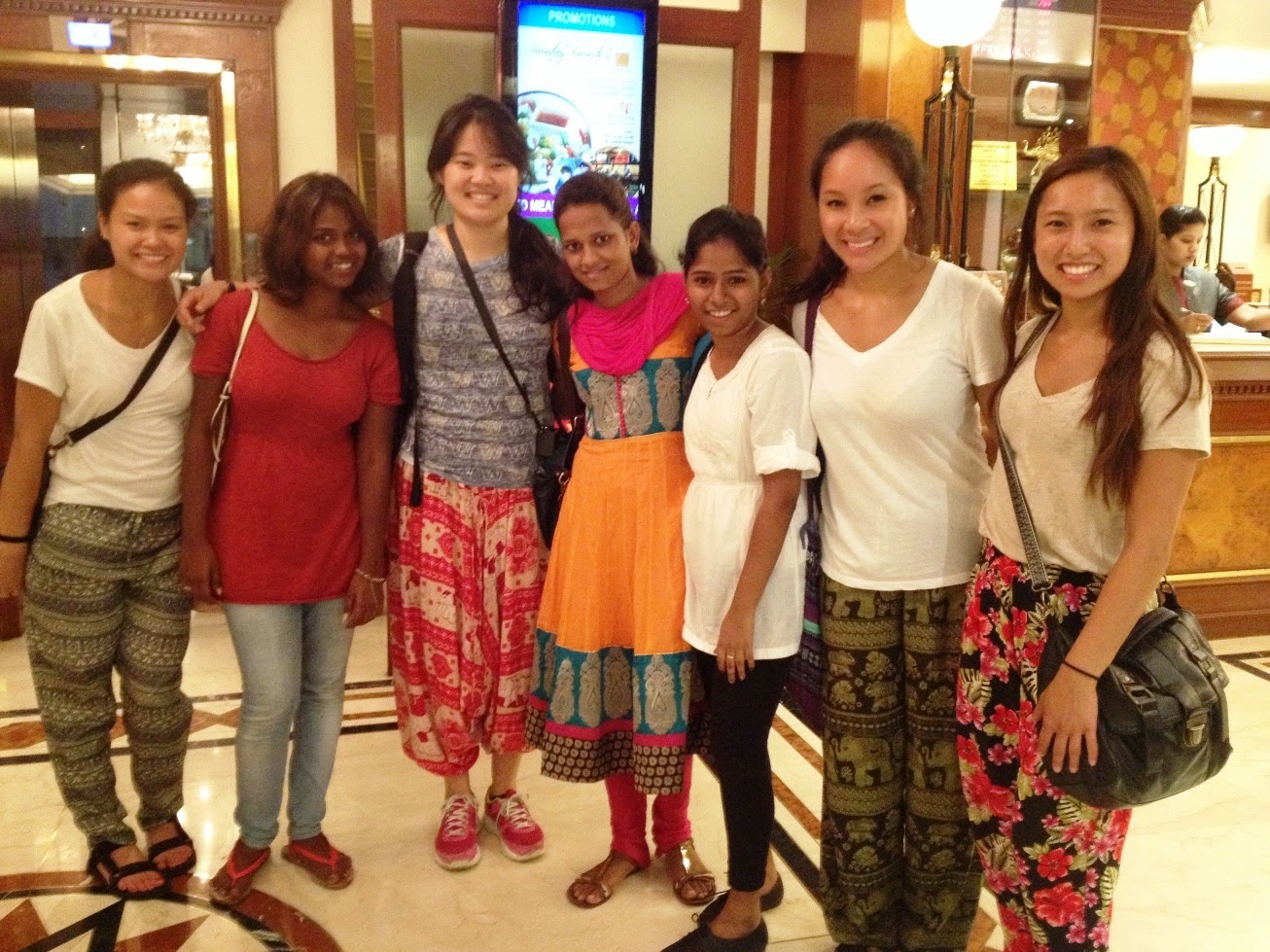- By Deepa Krishnan
Yesterday I addressed a group of 25 girls from the University of Washington's Foster School of Business. They were here on a
Women’s Leadership and Entrepreneurship program. It's called "Half
the Sky", and it inspires students to make a difference through
meetings with leaders and role models all over India. Most of them are from the MBA program, but there are also a couple of students from other streams.
The students are going to be in India for a month, studying women’s
leadership, and learning about "social enterprises" that create business
solutions to poverty and environmental issues. Apart from meeting lots
of women in India, the group is also spending time with
non-profits, learning about specific issues first-hand, and
working with the non-profits on problem-solving recommendations.
We spent an hour together, and I spoke about my life, my beliefs, decisions that I made along the way, and why I am happy with what I am doing. We discussed the Mumbai Local tour, and how it is designed to be socially relevant and at the same time, financially viable. I spoke also about creating a tour company that was inherently 'responsible', where social good is in the DNA of the company, and CSR is not just an afterthought or a cash handout at the end of the year. It was informal and fun, I enjoyed it enormously, mainly because I connected with the girls, and didn't have to watch my mouth :)
The 'Half the Sky' program is the baby of Cate Goethals, consultant and professor, and wearer of many interesting hats. She has been coming to India since 2010 with this program, and it's always a pleasure meeting her. We posed for photos after the speech.
After this, I said goodbye, and the group went on a tour of the city, with the guides from the Mumbai Local program. I spoke to Cate today, and she said they all enjoyed the tour very much. Here are a couple of photos from the tour: one of the group at VT, and the other in the lobby of the hotel, with the Mumbai Local guides.
We've been doing this sort of thing for the last couple of years. Here's a collage of images from Cate's visit last year:
We've been doing this sort of thing for the last couple of years. Here's a collage of images from Cate's visit last year:
And here's one from their visit the year before that!
This is a great program, with bright and motivated groups of students visiting India each year. I wish them all the best and hope they go on to become inspiring leaders and role models for the women of the future. Some of the
girls this year came up to me and asked if I could be their mentor. Mentorship is a big word - but I think working women everywhere need to share our lives and our stories. Especially, we need to share the
difficulties. Speaking the truth, admitting the mistakes you've made, and being confident in stating what you've achieved - this is the most valuable form of mentorship. Too many women - especially in India - tend to be self-deprecating. We need to come out and celebrate our achievements too.














%2B-%2Bc1880's.JPG)



